Originally posted on FoodThinkers.com
Iron Goddess of Mercy
I’ve been buying Tae Guan Yin, or what is known as Iron Goddess of Mercy, from an old friend in Mingjian Village in Nantou, Taiwan, for twelve years. Last November, I was tasting and selecting micro-lots of winter Tae Guan Yin for roasting when there was an earthquake. It was a magnitude 7.0. I had never felt anything like it.
Joshua and his friend of 15 years hanging out in a 4-year-old tea garden planted with Hongxin Waiwei, Wu-Yi, and Qin Xin, all suitable varietals for great Tae Guan Yin.
The Power of Nature
As luck would have it, not one person died. Although magnificent and earth-shaking, it did not devastate, as so many earthquakes of lesser magnitudes have in Taiwan’s recent history. After running from the cupping room, my friend looked at me as we took refuge in the street. He mused, “Guan Yin is with us …” I felt so scared, vulnerable, and lucky to be alive. There was a very real sense that nature was in control of my destiny and it was not for me to decide. I feel even luckier now after seeing the terrible newscasts from Haiti.
Tasting micro-lots of tea destined to be roasted for Tae Guan Yin just minutes before the earthquake.
Healing Powers of Tea
“Cha Yun” is the rhythm and charm of tea. When can the rhythm of tea rise above the clashes of power, competition, profit, and corporate needs? When can it heal? The commodity of tea has been at the heart of war. But the essence of tea bestows peace and implores us to have mercy.
Tea helps people by providing health benefits and preventing disease. Its cultivation and trade can improve the lives of poor farmers and spread cultural understanding. Tea welcomes friends and unites people. Tea transcends its commercial values and supports the needs of the stricken, as it has done throughout its long history.
I am always reminded that tea is an instrument of peace and human salvation. An enduring symbol of tea’s peaceful essence is the cherished oolong tea, Tae Guan Yin.
The dark clouds in the room that can be seen, almost like dust, are the crystallized caffeine coming off the tea and clouding the air. The feeling you get after sitting in that room, rotating the braziers is quite powerful, like being drunk with caffeine.
Qi and history
Tae Guan Yin is one of my favorite teas because of its flavor and qi (energy), but also its history, process, and teachings.
Tae Guan Yin is one of the oldest oolong tea bush varietals. It’s also an heirloom of the tea generations and is highly regarded as a profound oolong. For many centuries it was cultivated in Southern Fujian in China. Then it was introduced to Taiwan, where it remains a very important varietal at the center of a long-standing artisan oolong tea tradition.
Tae Guan Yin is a very special group of tea tree varietals that were selected and kept pure by Fujian farmers. It is well suited for making traditional, half-oxidized, ripe, fermented oolong tea with slow and moderate roasting. The traditional fermentation and roasting of Tae Guan Yin aims to provide a slightly acidic and fruity sourness with a smooth mouthfeel and pleasant toasted nut aroma that endures and develops over many infusions.
Slow, moderate roasting is key for Tae Guan Yin. A single batch is roasted in small-batch bamboo braziers multiple times until the right flavor and aroma is attained. The room must be kept at a certain temperature and humidity during the roasting process to ensure even and thorough baking.
Origins of Guan Yin
Tae Guan Yin is more than a splendid tea — it is inspirational. Its origin and legend are at the essential core of what I believe the tea trade can be.
“Guan Yin,” the “Buddhist Goddess of Mercy,” teaches us compassion and encourages us to assist the impoverished and heartbroken. As legend has it, a debt-ridden, poor farmer named Wei Yin from Xiping Village in Anxi, Fujian, was visited by Guan Yin in a dream more than 200 years ago.
Traditional spirit offering (not a scarecrow) at the head of our newest planted Tae Guan Yin tea garden in Mingjian Village.
Sharing the wealth
Guan Yin told this farmer that she had given him a special tea bush and that by cultivating this tea bush on a certain area of his land, he could make great tea and save his family. He did and soon shared the tea bush with other farmers.
Tae Guan Yin was spread across Anxi, bringing economic prosperity to those that cultivated it. The locals named this tea “Guan Yin” after the Goddess of Mercy. And later, the Emperor Qianlong dubbed the tea “Iron Goddess of Mercy.”
Tea and understanding
My affection for this treasure of a tea and the experience of my last trip to Taiwan to make Tae Guan Yin for Rishi Tea have inspired me to help those in Haiti. The vulnerability, pain, loss, and confusion of the people in Haiti cannot be comprehended by us. We can empathize but never completely understand their despair and helplessness.
Tae Guan Yin is always close to my tea-heart and my teapot for that matter. She is an ever-enduring focus and trusted guide through my life with tea and gong fu cha (the art of brewing tea with great skill). More than ever, Tae Guan Yin is an inspirational symbol of tea’s peaceful essence.
Help for Haiti
The Iron Goddess of Mercy Oolong tea from the winter crop of 2009, which I was tasting and roasting for Rishi Tea during the earthquake, will contribute to peace and well-being in Haiti.Rishi Tea will donate 20% of each purchase to CARE, an international humanitarian organization that is working to help the victims of the recent earthquake in Haiti. Iron Goddess of Mercy reminds us that tea can transcend its commercial values and promote compassion.
Truly in the tea,
Joshua
Joshua

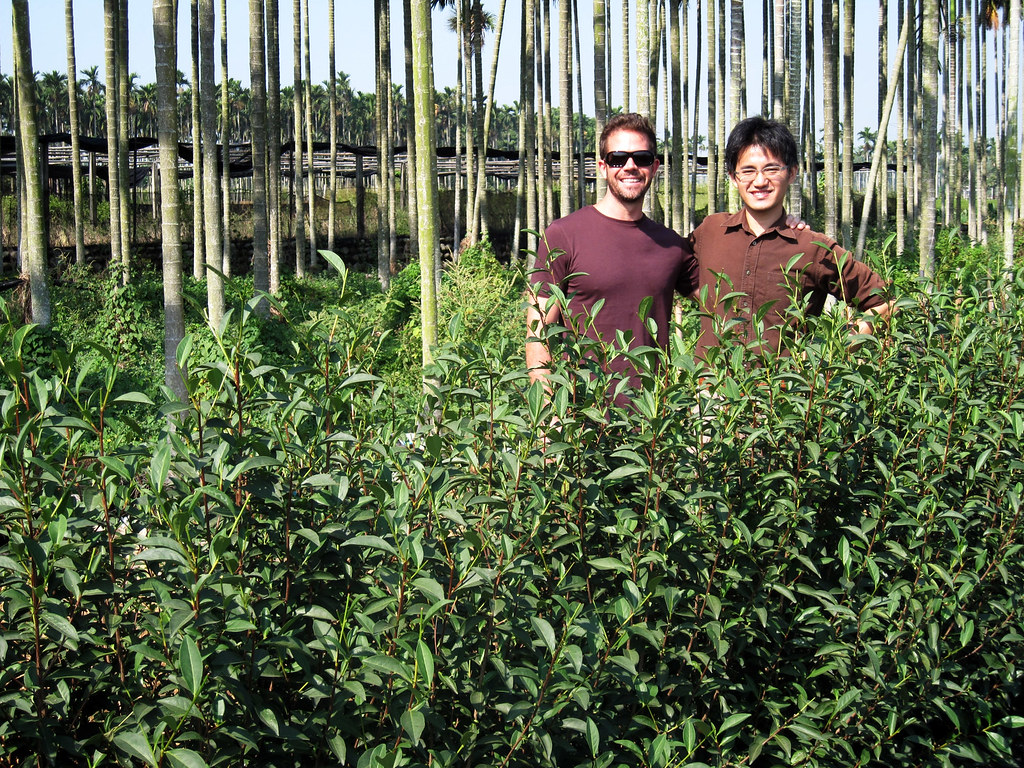
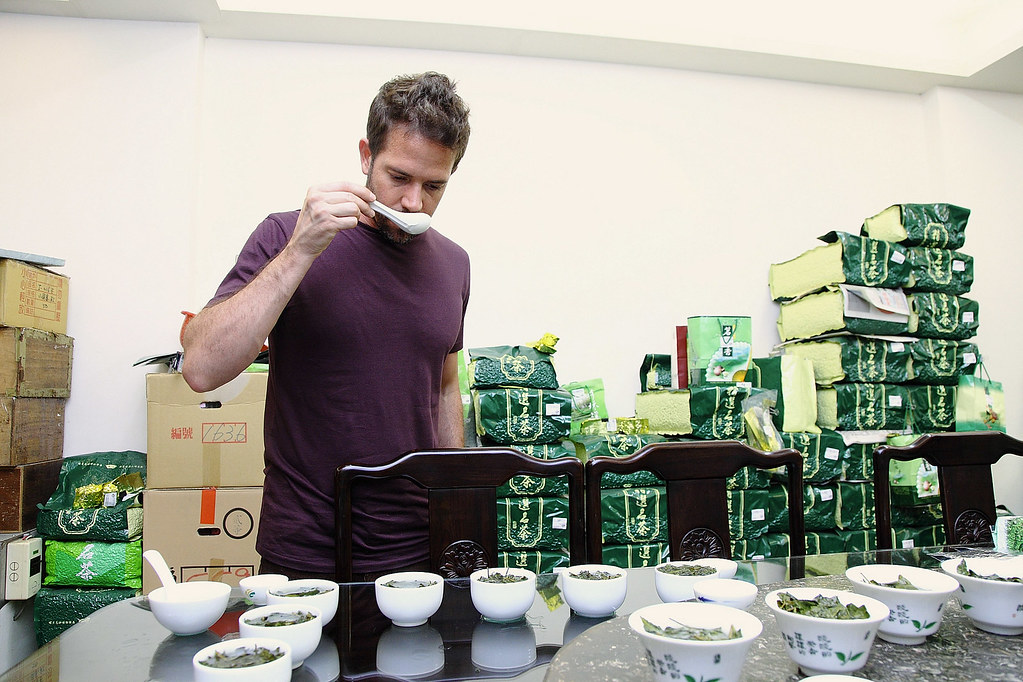
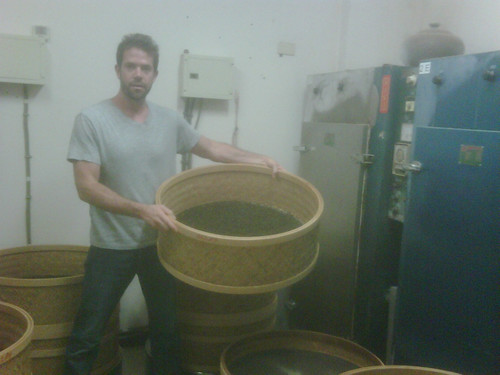
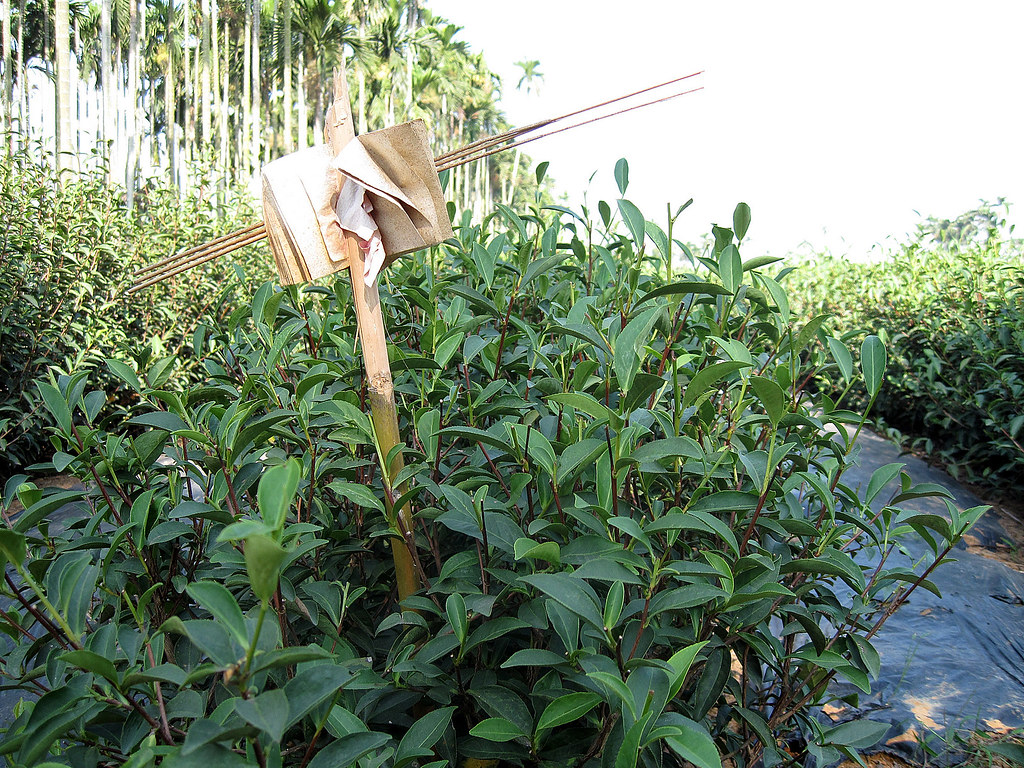
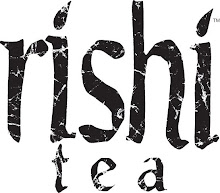
No comments:
Post a Comment